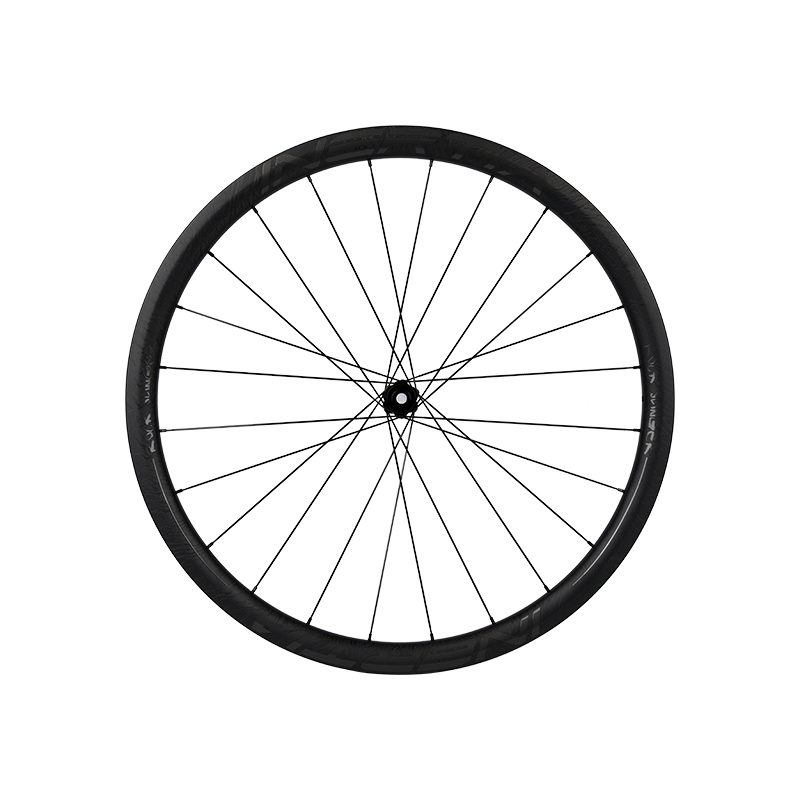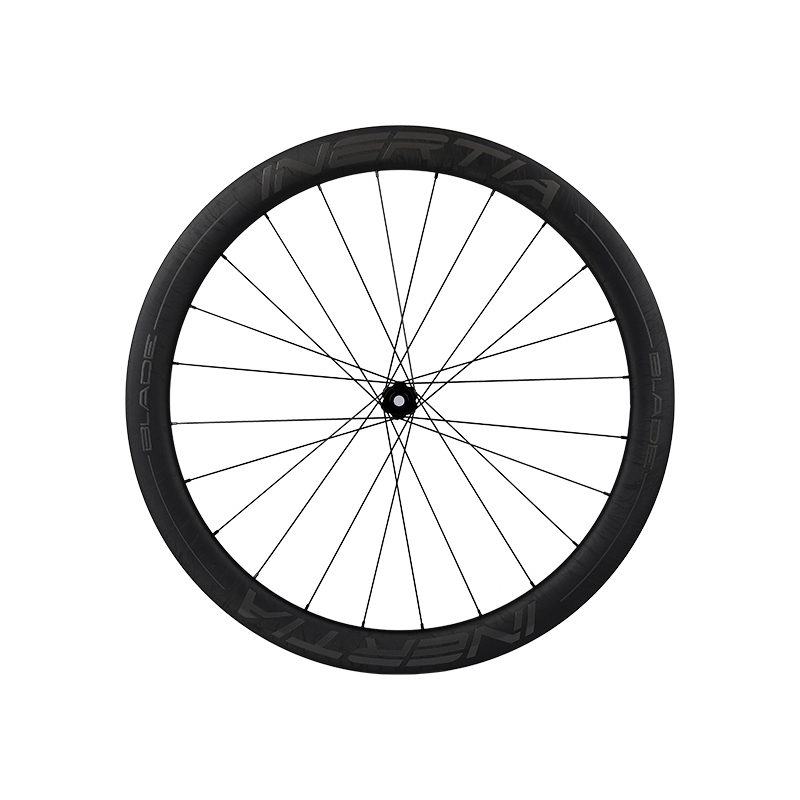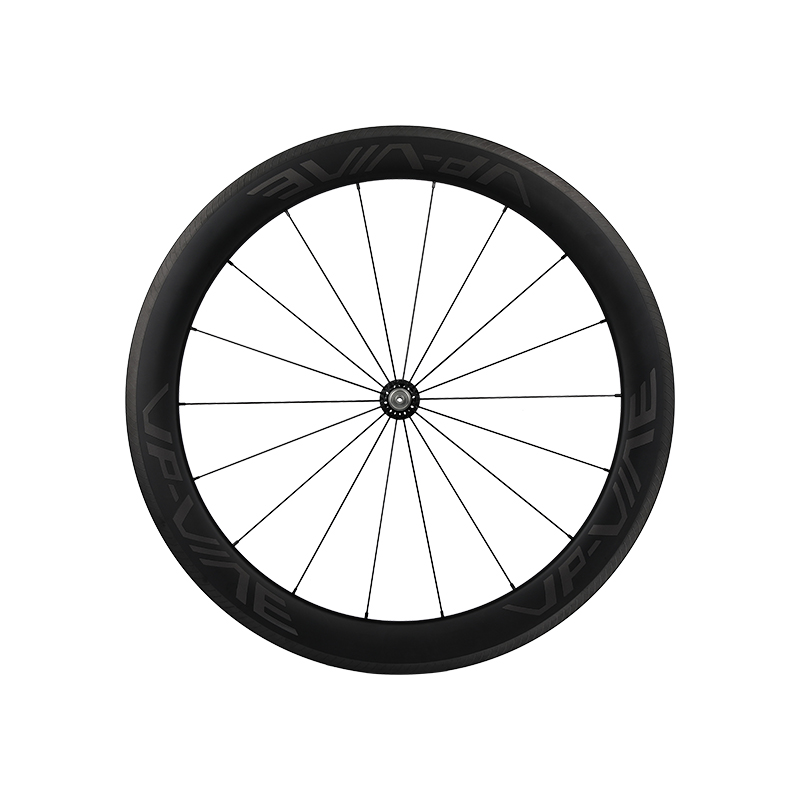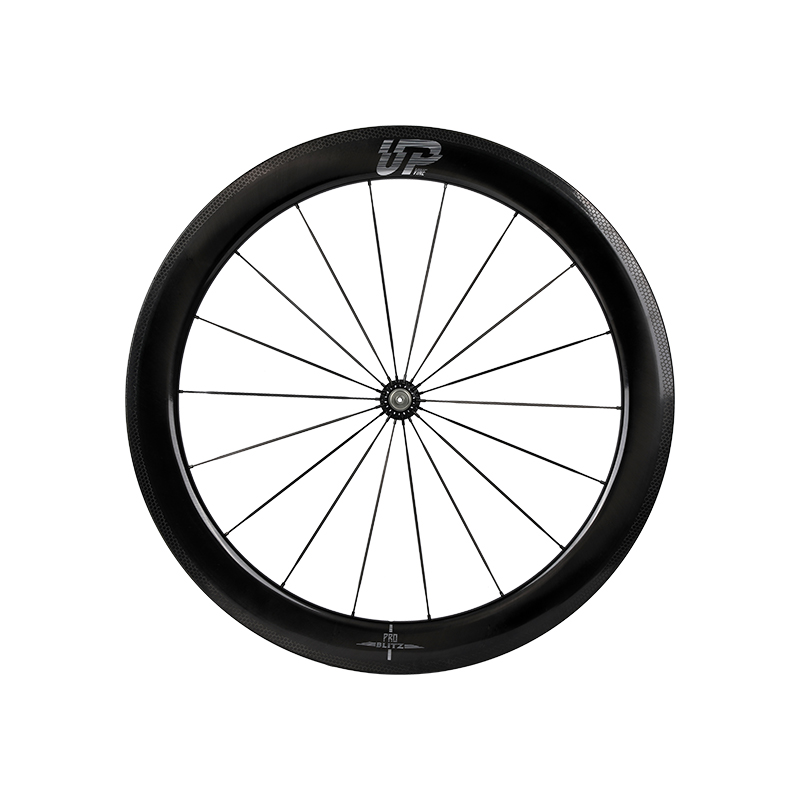When it comes to cycling performance, the concept of inertia plays a crucial role, particularly in the design and function of bicycle wheels. The primary difference between high-inertia and low-inertia wheels lies in their weight and how this affects the bike's dynamics during various riding conditions. High-inertia wheels, which are typically heavier, store more kinetic energy as they spin. This means that once they are in motion, they can maintain speed more easily, making them particularly advantageous for long-distance riding and steady-state conditions, such as flat terrain. Riders often find that high-inertia wheels offer a smoother ride, as the mass helps to absorb shocks and maintain momentum, reducing the effort needed to keep the bike moving.
On the other hand, low-inertia wheels are lighter, which allows for quicker acceleration and more responsive handling. Cyclists who frequently encounter varied terrain, such as hills or technical trails, may prefer low-inertia wheels because they can more easily change speeds and navigate tight turns. The reduced weight makes climbing significantly easier, as less force is required to lift the bike and rider against gravity. However, this comes at a cost; low-inertia wheels may feel less stable at high speeds and require more effort to maintain velocity once speed is lost.

The choice between high-inertia and low-inertia wheels also has commercial implications. In the cycling market, there’s a demand for both types depending on the target audience. Competitive cyclists often gravitate toward high-inertia wheels for time trials and flat races, where maintaining speed is critical. In contrast, recreational cyclists or those engaging in mountain biking may seek the agility of low-inertia wheels to enhance their overall riding experience. Moreover, advancements in materials technology have allowed manufacturers to create wheels that strike a balance between weight and inertia, leading to hybrid designs that cater to a wider range of cycling activities.
Historically, the evolution of bicycle wheels has reflected changing demands within the cycling community. Early bicycles featured heavier wooden wheels, while modern innovations have produced lighter, stronger materials that optimize both performance and durability. This evolution continues to influence how riders perceive their bicycles—not just as machines, but as tools that enhance their physical experiences and engagement with the outdoors. Ultimately, understanding the differences between high-inertia and low-inertia wheels enables cyclists to make informed decisions that align with their riding style, preferences, and the specific challenges they face on their journeys.



 Español
Español













